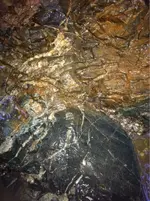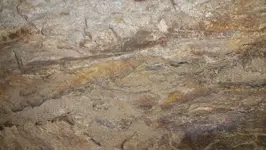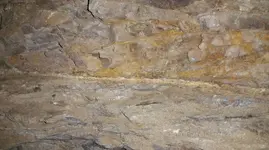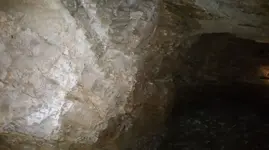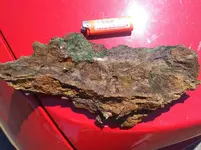From The Mineral Kingdom by Reinhard Brauns:
When the overlying rocks have been removed by denudation, a mineral-vein will become exposed to the action of weathering processes, and several secondary minerals, which are not present in the deeper portions of the vein, will be formed. By the action of water containing oxygen and carbonic acid in solution the original minerals of the vein will be decomposed, a portion of their material being removed in solution, and another portion giving rise to compounds which are stable under the new conditions nearer the surface.
Thus with iron compounds, such as iron-pyrites, the decomposition will result in the formation of limonite: metallic ores of copper will be altered to malachite, chessylite, cuprite and native copper; lead ores to cerussite and anglesite. These secondary minerals are those mentioned at the commencement of this section as the associates of the metallic ores. They are especially characteristic of the upper or oxidized portions of mineral-veins; and as iron is often a common constituent, they are usually much mixed with limonite (brown iron-ore). For this reason the outcrop of a lode at the earth’s surface has usually a rusty and cellular appearance, and this ferruginous capping of the lode is known to the German miners as the “eiserner Hut” (iron hat) and to Cornish miners as the gossan. In this connection may be quoted an English equivalent of an old German saying:
“A lode that wears no iron hat
is never likely to be fat".




